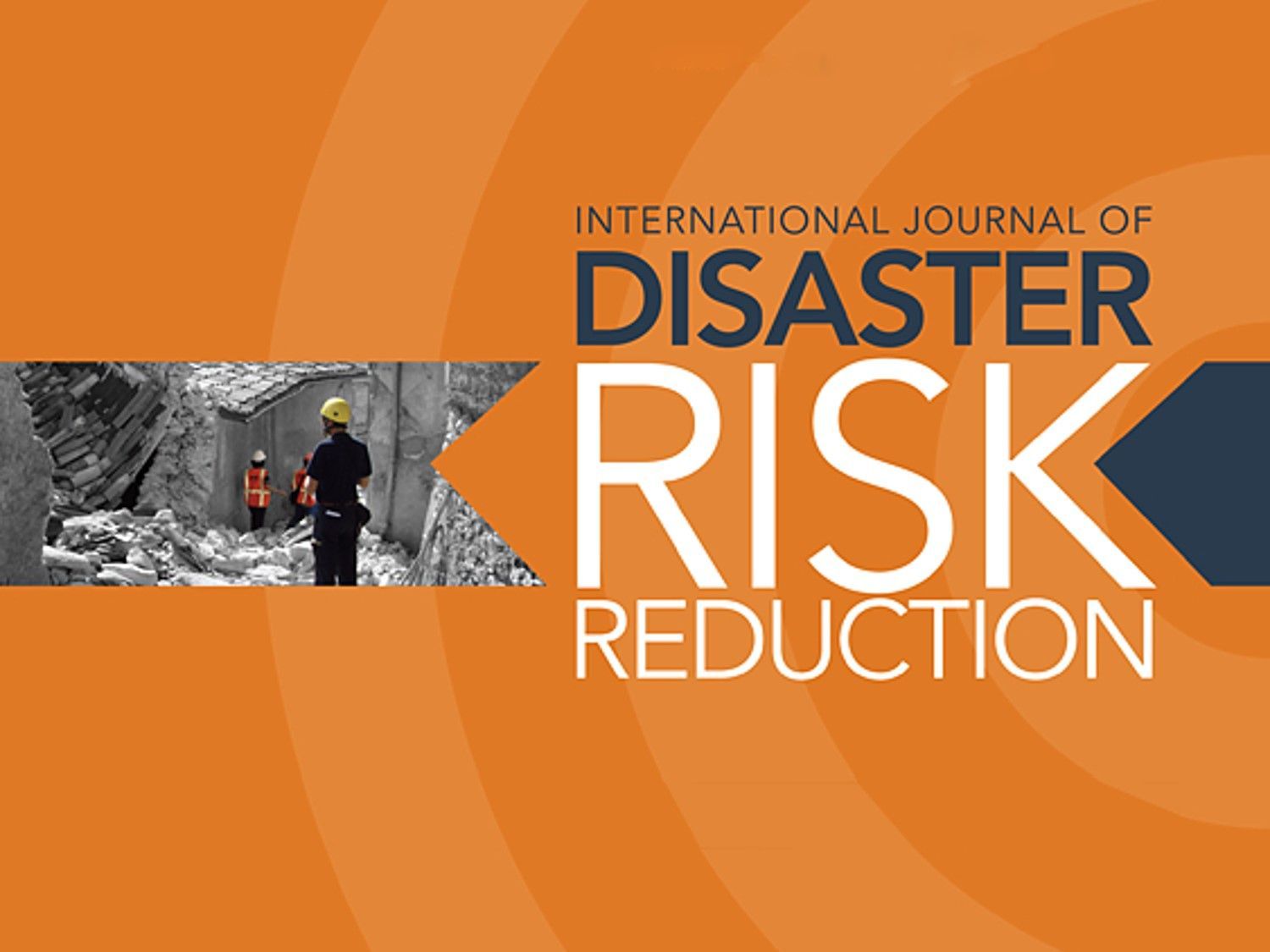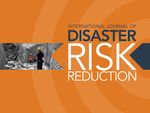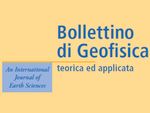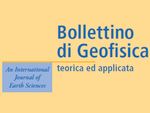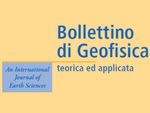Journal
International Journal of Disaster Risk Reduction
Authors
Figueroa E., Malisan P., Grimaz S.
URL
https://www.sciencedirect.com/science/article/abs/pii/S221242091930891X
DOI
Abstract
The management of school infrastructures is a complicated task. Administrators and decision-makers strive to keep the schools in optimal and functional conditions. The routine maintenance of schools requires the definition of strategies for effectively allocating the available financial resources. This situation becomes more complicated when taking into account the adverse effects that geological events or extreme weather conditions can generate in relatively short periods. To be prepared for various situations, when defining a strategy to direct financial resources, decision-makers must clearly recognize the different hazards that can affect schools and have an inventory of the learning facilities in the country. The description of each school should include essential information on its vulnerability, defined utilizing occupational safety concepts and engineering criteria. This information, combined with the information on the possible hazards that may affect the school, would provide enough inputs to decision-makers to prioritize the investments in schools that require more attention. This paper describes the application of the seismic VISUS methodology (Visual Inspection for defining Safety Upgrading Strategies) in a pilot project sponsored by UNESCO for assessing the safety situation of 100 schools in El Salvador, in case of earthquake. The paper describes the steps adopted for the project implementation, the final outcomes, and the lessons-learnt which were the base for upgrading the VISUS methodology to a multi-hazard perspective.

